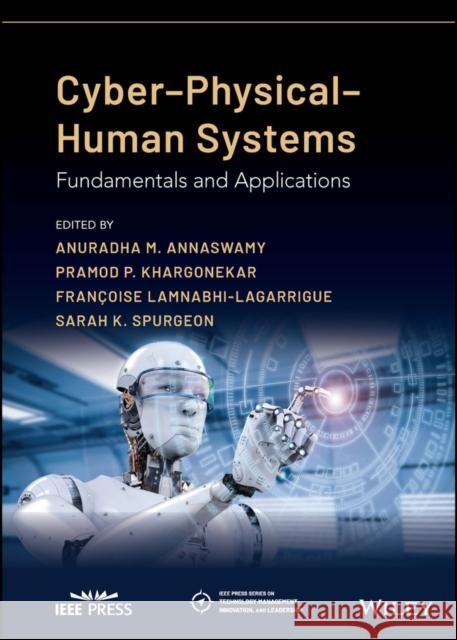topmenu
Wyniki wyszukiwania:
wyszukanych pozycji: 2
 |
Cyber-Physical-Human Systems: Fundamentals and Applications
ISBN: 9781119857402 / Angielski / Twarda / 2023 / 420 str. Termin realizacji zamówienia: ok. 30 dni roboczych (Dostawa w 2026 r.) |
cena:
540,92 |
 |
Variable Structure Systems: From principles to implementation
ISBN: 9781849190008 / Angielski / Digital download and online / 2011 / 427 str. Termin realizacji zamówienia: ok. 30 dni roboczych (Dostawa w 2026 r.) |
cena:
562,53 |










